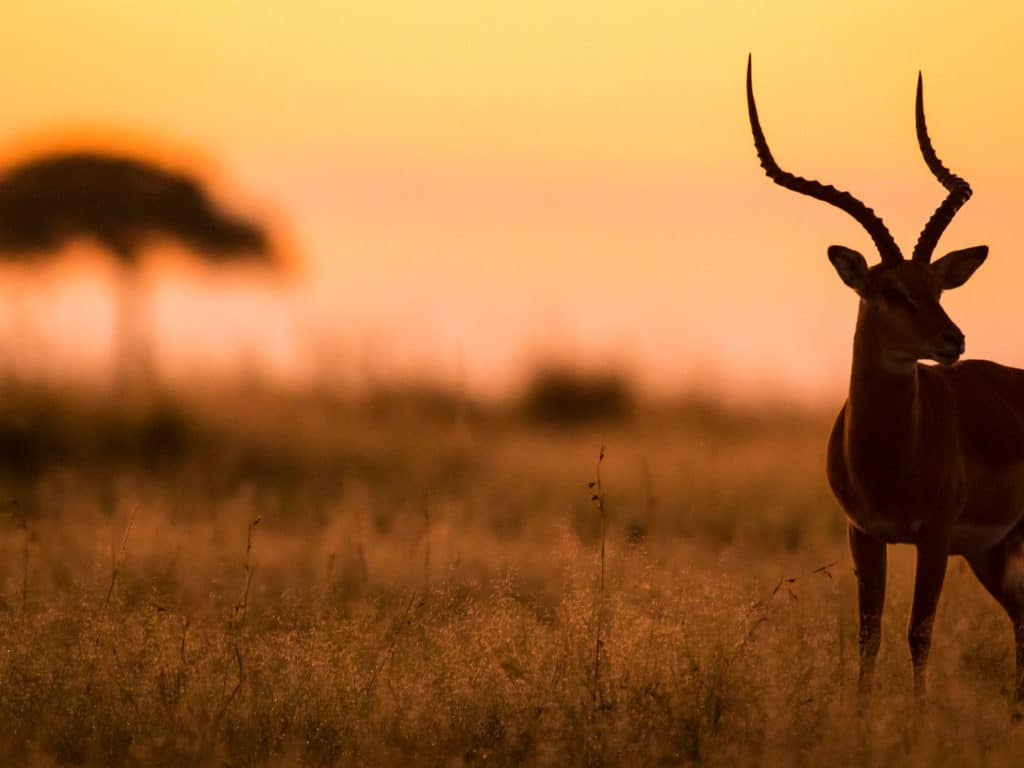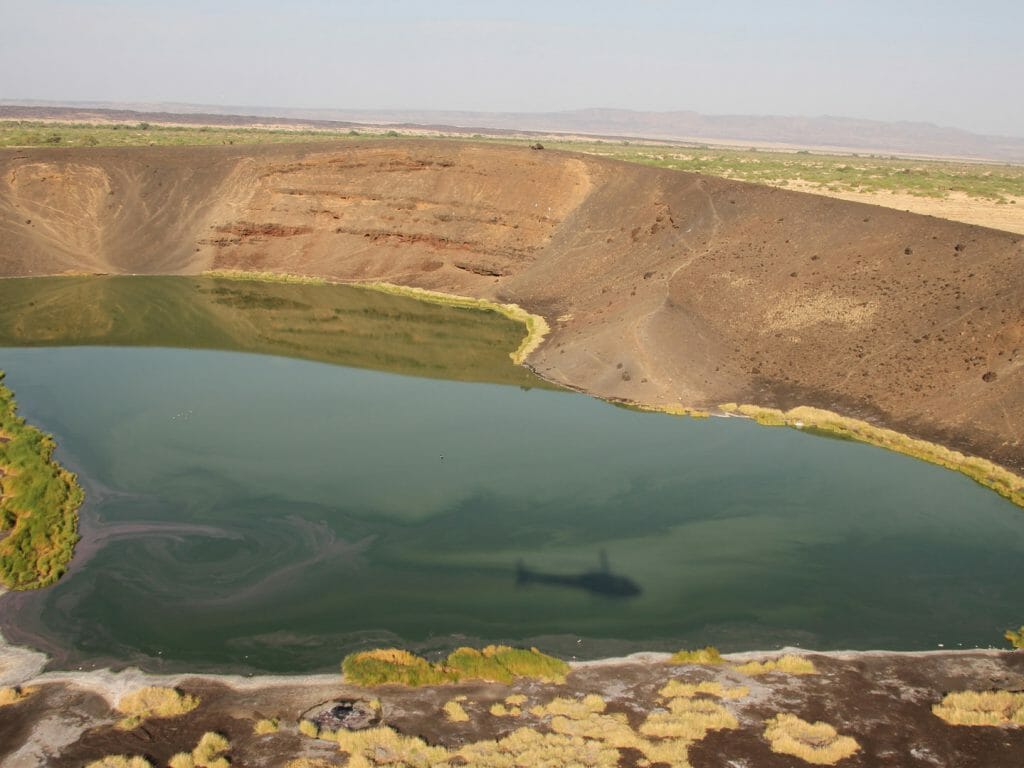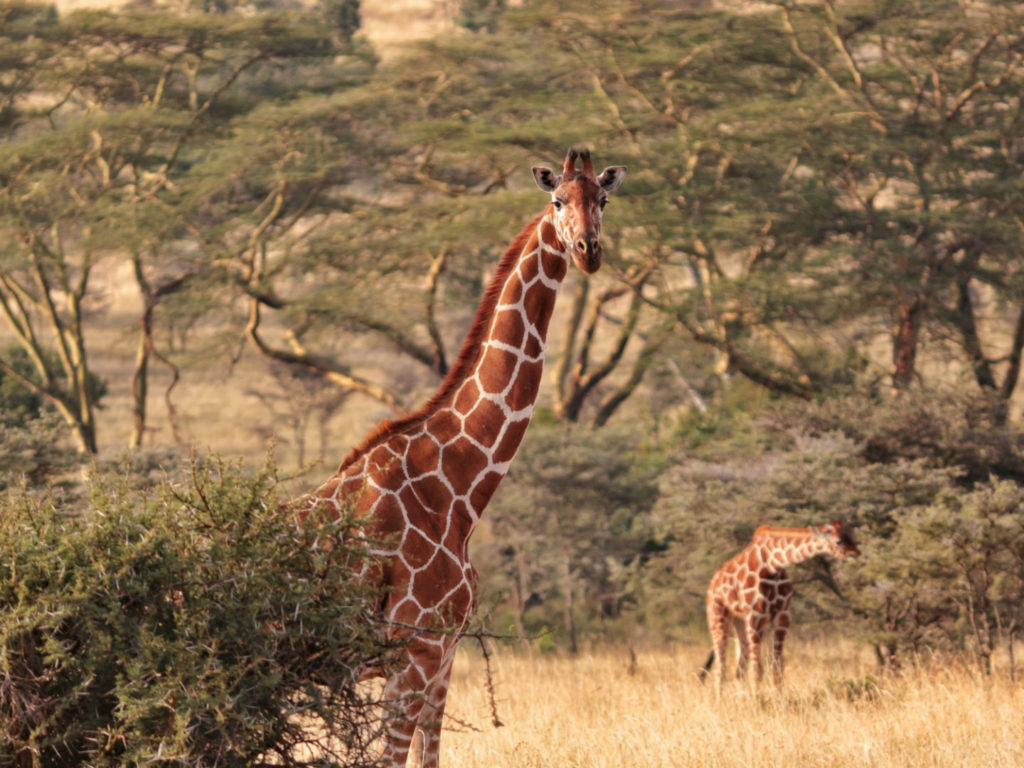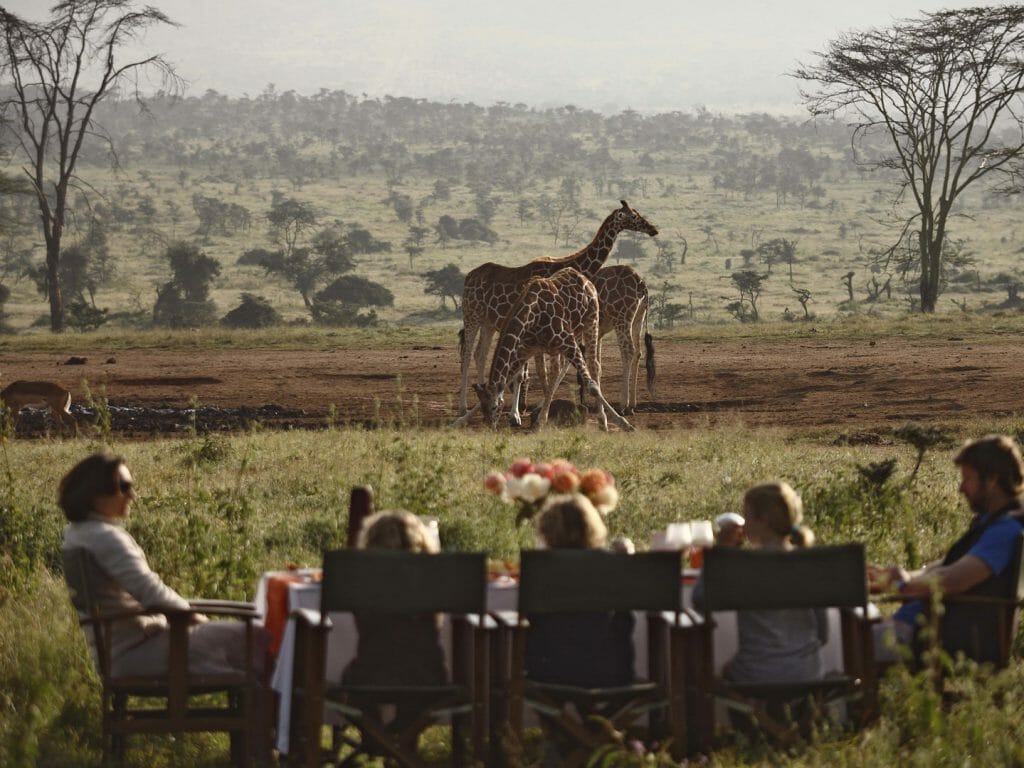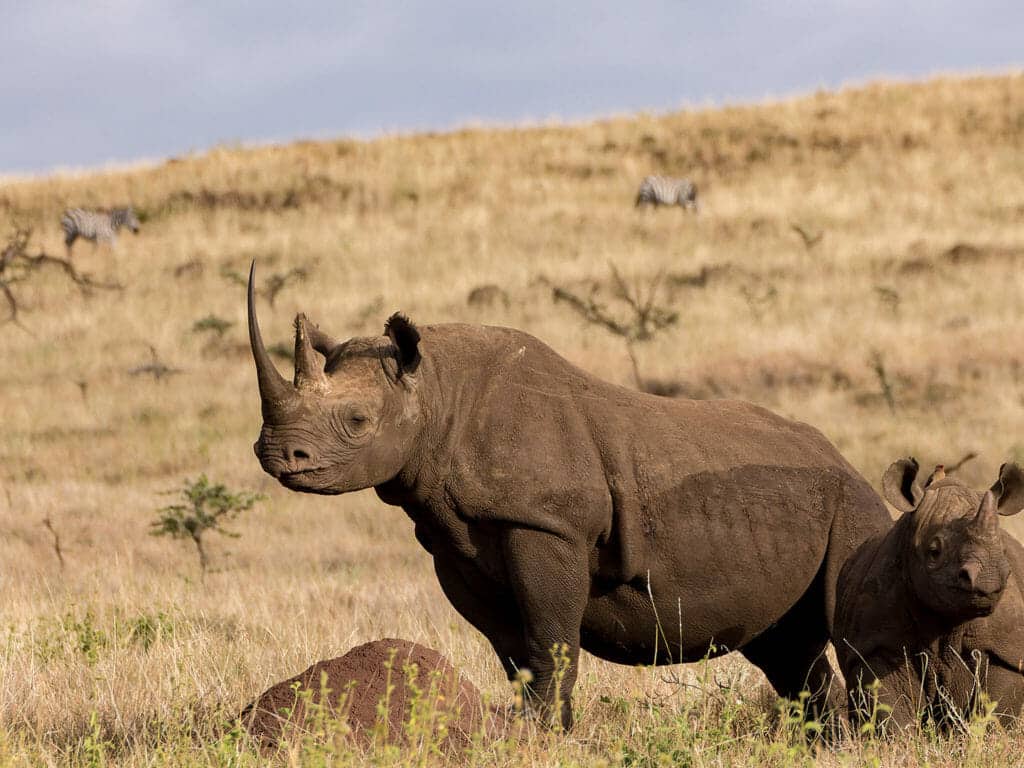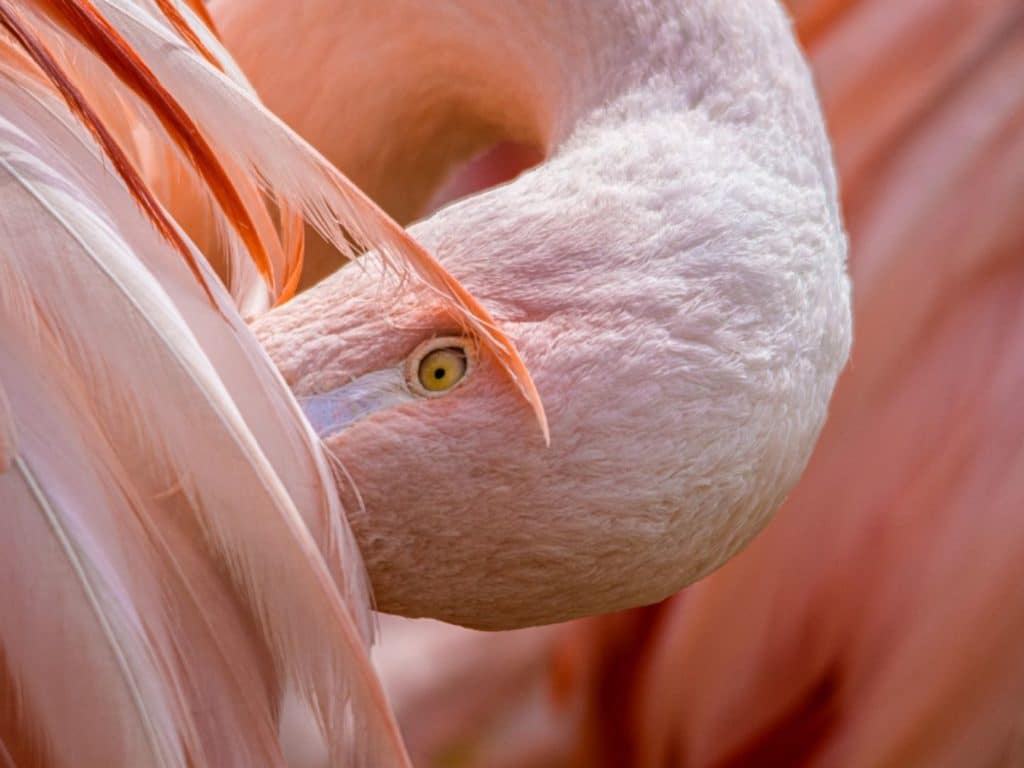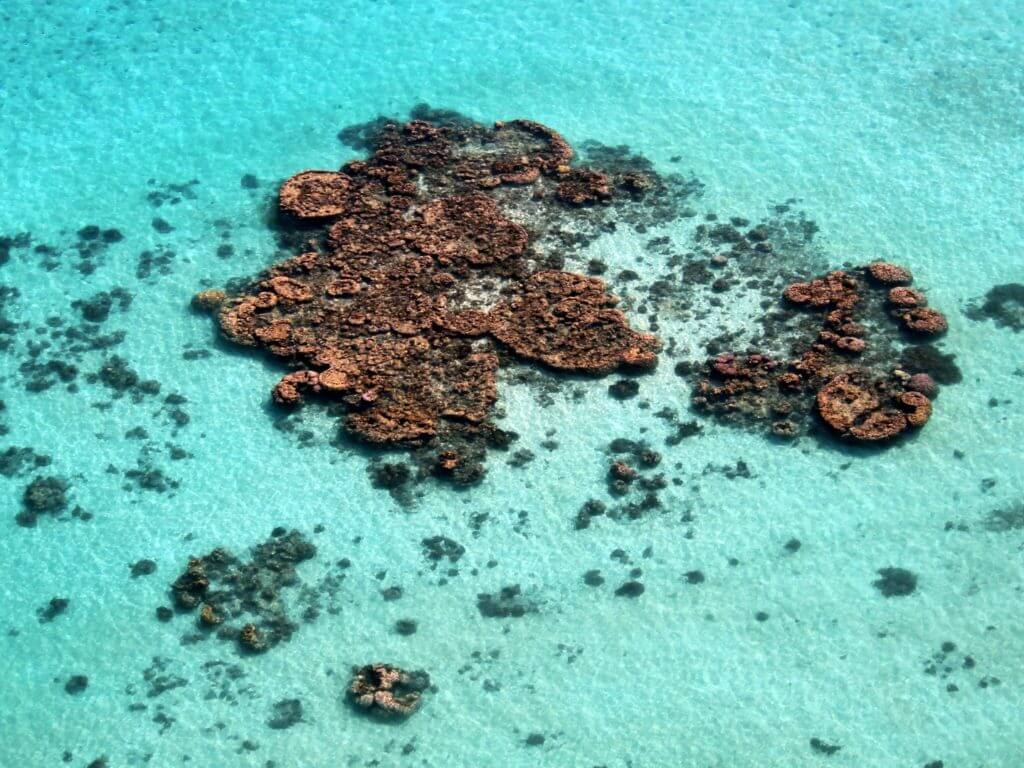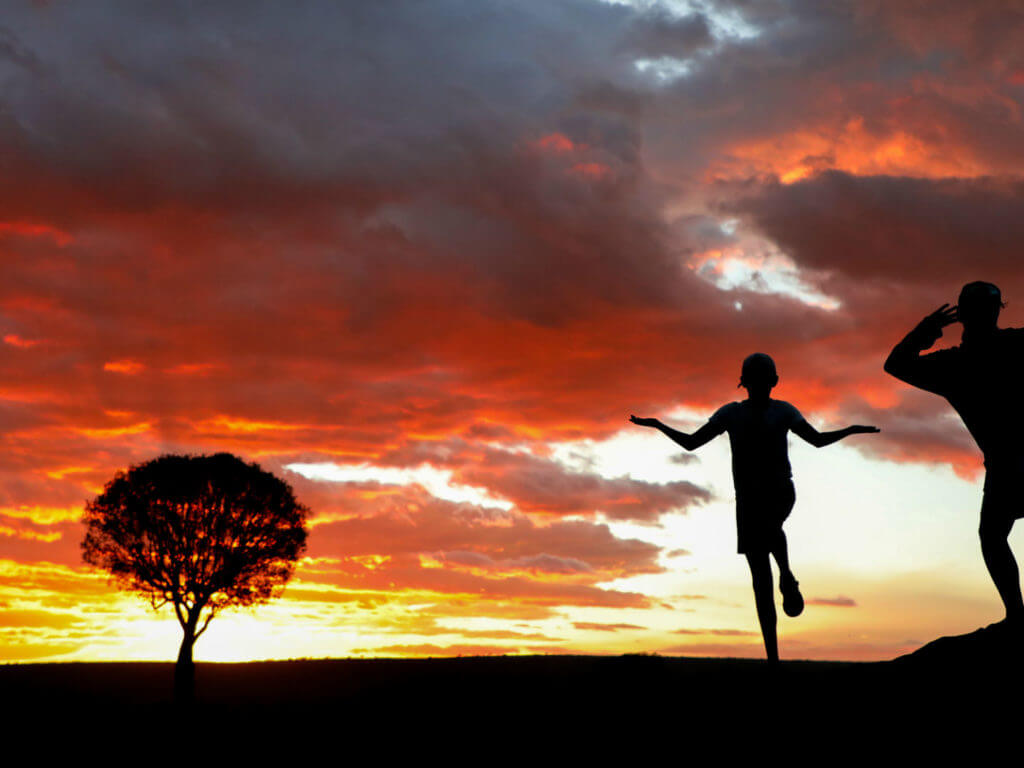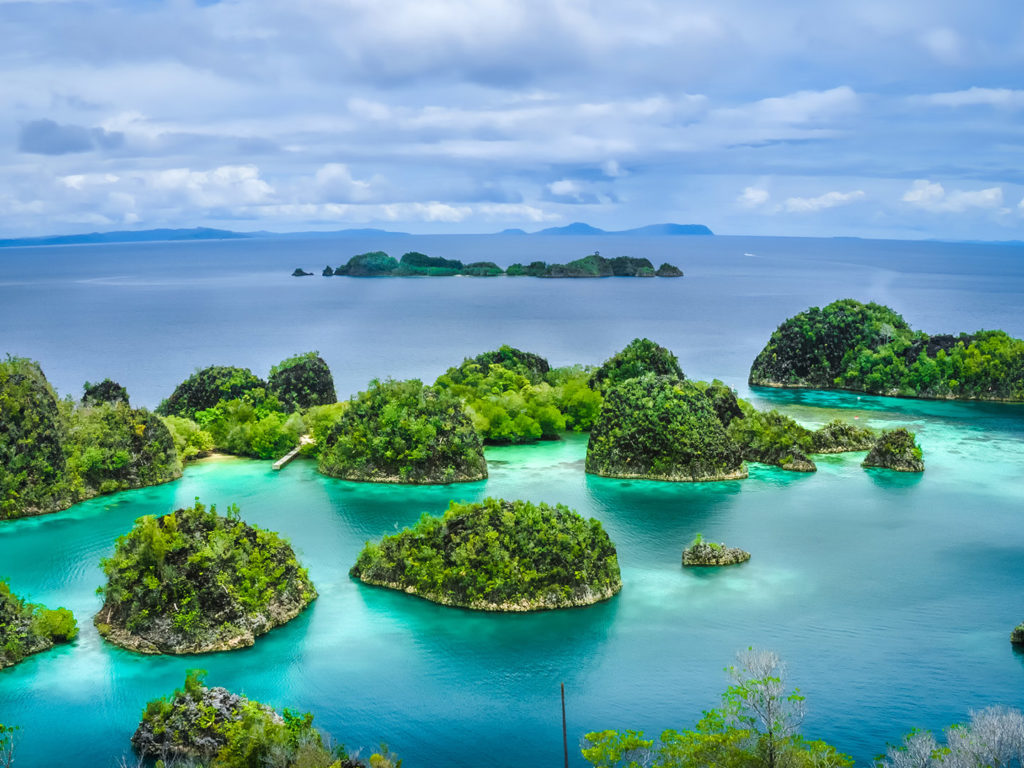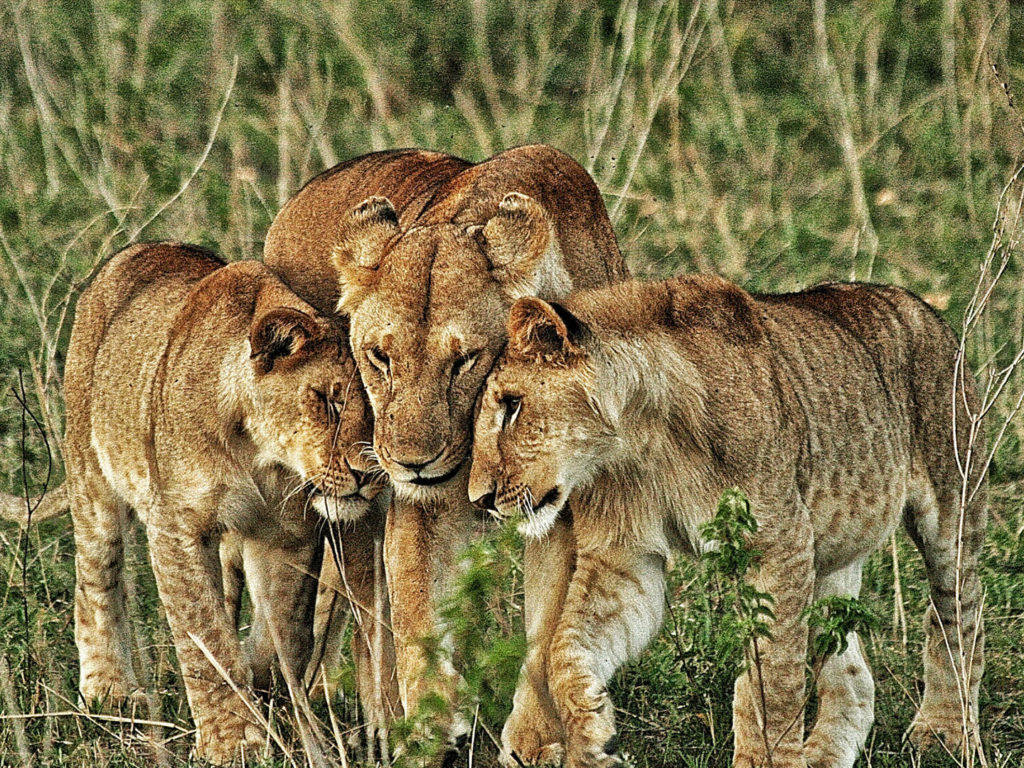“God lives here,” declares my Maasai guide, Shinoi, matter of factly.
Tall and sinewy, wrapped in bright blue and purple shuka cloth with a rungu club slung over his shoulder, he looks every inch the Maasai warrior . Standing next to him, high up on the ridge of Olmoti volcano and looking out across Tanzania’s crater highlands, it’s difficult to disagree. Far-off mountain peaks are almost obscured by cloud, the lush valley below dotted with yellow flowers and marbled with thin streams flashing silver in the sunlight. In the distance, smoke rises from clusters of Maasai manyattas, traditional settlements, as brightly dressed herders lead their cattle across the plains.
Places are often defined by their geology and people, and the Ngorongoro Crater is a perfect example. The name itself is believed to derive from the Maasai word for cowbell, a gentle, hollow rattle that is constantly heard in these hills.
Layer upon layer of preconceptions have been placed on the Maasai, that they are both familiar and elusive. As a result, it’s sometimes difficult to see beyond the hackneyed image of one of the world’s most recognisable tribes. Their situation is complex, revered by outsiders but still maligned by the Tanzanian government who regard them as primitive. The Maasai in this area are proud of their distinction, an identity sharpened against an increasingly homogenised Africa.
The crater highlands are located within the Ngorongoro Conservation Area (NCA) that protects the landscapes of three immense dormant volcanoes, including Ol Doinyo Lengai – the Maasai’s “Mountain of God”. Those who make their life here revere the region’s heritage, and it is one of the few places remaining where they can carry on with their traditional lifestyles in relative peace.
Simply driving up into the crater is incredible. I negotiate forested slopes, catching a glimpse of a large male elephant, half-hidden in the shadows, and pausing frequently to take in sweeping views of the valley below before reaching the crest of the caldera, where the crater floor opens up before me. Entering what many would agree is the most spectacular wildlife arena on the planet, I see verdant green plains dotted with game, enclosed by a crater wall some 600 metres high. Pink clouds of flamingos take flight as I drive slowly into the lemai forests, where rhinos and leopards hide among the fever trees.
In Tarangire National Park, four hours to the south, hundred-strong elephant herds walk in the shadow of towering baobabs, and quartz mountains shimmer in the setting sun. In the Serengeti, you can hear the rumble of millions of hooves crossing the open plains while predators stalk softly through the long grass. Both settings are a photographer’s dream, but it is the highland region that dazzles me most. I find it almost unbelievable that habitat as rich and untouched as this can be found in such a well-known area. I’ve been lucky enough to explore much of Africa over the last 20 years, but some places can still effortlessly take my breath away.
My base while I am here is The Highlands, a pioneering luxury eco-lodge perched on the slopes of Olmoti. Just 45 minutes from the crater along a rugged dirt track, the camp offers the chance to experience Ngorongoro and its surrounds from a much broader perspective. The road was built to this lodge and here alone. There is no other way in or out, and whilst the NCA have promised to improve the surface, for now it’s a bumpy journey. There are no passing vehicles and no tourists; only the Maasai, their cattle and the magnificent views.
With just a handful of cleverly designed contemporary suites, The Highlands is perfect for roaming more remote parts of the region, following ancient Maasai trails through stunning scenery. A visit to Ngorongoro is of course mandatory, but I also spend several days climbing volcanoes, where flamingos wade through hidden lakes and trekking through forests of mist and moss, accompanied by the scent of wild mint and lavender that fills the damp air. At night, I return to camp to be rejuvenated by delicious home-cooked meals and wood burning stoves, served up with lively and engaging conversation by the all-Tanzanian staff.
This is another area where the camp also strives to make a difference. “Engaging with communities here is a priority for us.” Brenda, one of the camp managers, tells me. At just 22, she is brimming with confidence, motivated to make the very most of the opportunity running the camp has afforded her. She explains that through the camp’s charitable arm, they have been able to set up scholarships and establish lasting relationships with local people, improving livelihoods and conserving wildlife in a region that is both economically and ecologically sensitive.
The conservation issues are tangled. The region is managed by the NCA, who must consider the needs of both the Maasai and the wildlife here. Politics are inevitable and the camp treads a fine line, helping to provide solutions for communities, government and wildlife. Brenda admits there are always challenges, but they add another dimension to an already fascinating place.
While the lodge is supremely comfortable, the surroundings are a very different matter. In the hills where I walk – accompanied by one of the Tanzanian camp guides, of course – the terrain is harsh, leopards prowl and hyenas call hauntingly at night. I have a very close encounter with three buffalos whilst walking back to my tent after dinner one night. Even the stoic askari guards look startled, in spite of themselves.
On my final day, I wake at sunrise and step outside into the cold, sharp air. Cowbells sound in the distance and I can see fires being lit as the Maasai begin their day. The mountains are blue and purple in the dawn light, reflecting the colours of the shukas. This landscape and the lives of its people seem intertwined.
In the wild highlands, the Maasai have everything they need. Feed for the cattle, wide open pastures and – perhaps most importantly – the chance to be themselves. The air is clearer, the colours sharper, the light lends everything a greater clarity. Personally, I feel as though all my preconceptions have been stripped away.
For many people here, life goes on much as it has for centuries, and the camp wants to keep it that way. The local culture is colourful, intriguing and wonderfully accessible. Yet in an effort to preserve an authentic, non-exploitative experience, photography is strictly managed, with a few select areas chosen for photography at times of the day when the Maasai are naturally bringing in their cattle. For me, that is often the hardest part, as I can bring home only my own fallible memories of the Maasai. But it’s also reassuring in a way to know that nothing of the magic of this place can be taken away.


